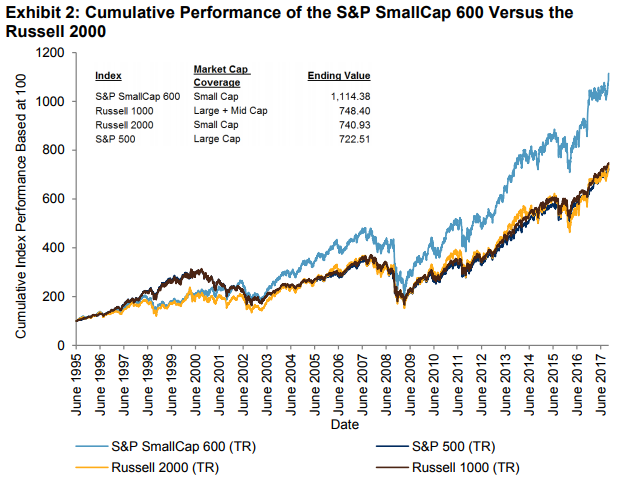News that the Dow broke through 25,000 yesterday was not universally celebrated. A market index achieved a specific numerical barrier — so what? The importance of such events is at best anecdotal, and their celebration in the media is increasingly regarded as humbug. Is there any truth – one might ask – to the theory that such events are “psychologically important”? That is to say, do they change the behavior of market participants?
Certainly, some numerical values are of demonstrable psychological importance to humans undertaking economic transactions. Otherwise, supermarket items priced at 4.99 instead of 5.00 monetary units would not sell disproportionately better.
Beyond the average supermarket shopper, or even the most cynical of market participants, nearly everyone has celebrated an anniversary or set a round number goal as an ambition. To an independent observer, changes in behavior based on the achievement of arbitrary numerical values would seem a most human trait. So it is logical to expect buyers or sellers whose motivating impulse was the price reaching a particular number to have some impact on capital flows, and therefore the markets.
However, even though investment flows are (for the time being) largely dominated by the decisions of humans, investing has become increasingly professionalized – and, increasingly, non-human. Do so-called “psychologically important barriers” still exist in any real sense for market indices? And even if they do, is there anything important about the Dow passing 25,000?
I suspect the impact of such occasions may be less material today than when markets were less professionalized. Or, perhaps the particular barriers that are considered important will change. The S&P 500 index today passed above the level of 2730 for the first time, which doesn’t sound very interesting to the average human, but in binary that means it has passed 101010101010. Perhaps some computers are celebrating this fact as I write, perhaps – now that you know – you will, too.
The posts on this blog are opinions, not advice. Please read our Disclaimers.
















